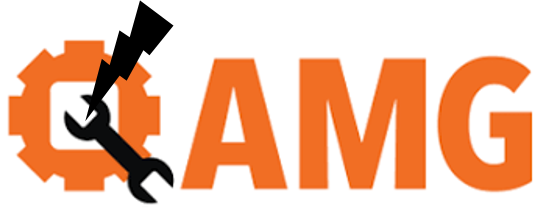AMG Bolting Solutions lives and breathes hydraulic torque wrench systems.
As a manufacturer direct supplier of hydraulic bolting equipment we have industrial customers needing all types fastener solutions.
Frequently, the key to solving these industrial bolting challenges is understanding how hydraulic torque wrench systems work, and ensuring the customer is using the correct terminology in relation to the bolting industry standards.
In this post, we are going to look at hydraulic torque wrench jargon and definitions.
Getting an understanding of how hydraulic torque systems work.
Q: When working with a hydraulic torque wrench system, what does “flow” mean?
A complete hydraulic torque wrench system consist of a hydraulic wrench, a hydraulic hose, and a hydraulic power pump.
When engaged the hydraulic pump pushes hydraulic fluid through the system. This is known as “flow”.
Q: How does a hydraulic torque wrench system produce “pressure”.
This is a slight misunderstanding. Pressure is not produced, rather it occurs when there is resistance to flow which is produced by the hydraulic pump.
Q: How is Pascal’s Law applied when using a hydraulic torque wrench system?
The user of a hydraulic torque wrench system does not actually apply Pascal’s Law, rather pressure created by the resistance to flow naturally occurs at any point upon which the confined hydraulic fluid is transmitted undiminished in all directions.
What this means is when multiple hydraulic cylinders are in use, each hydraulic cylinder will lift at its own rate, depending on the force required to move the load at that point.
The hydraulic cylinder with the lightest load will be the first to move, and the hydraulic cylinders with the heaviest load will be the last to move.
This is true so long as the hydraulic cylinders have the same capacity. Unfortunately the can lead to unbalance scales which would be an incorrect set-up.
In order to have equal distribution and balance among all hydraulic cylinders the load must life at the same rate.
To achieve this balance either control valves can add to the system, or you can use a system with built in Synchronous Lift System components at the cylinder section.

